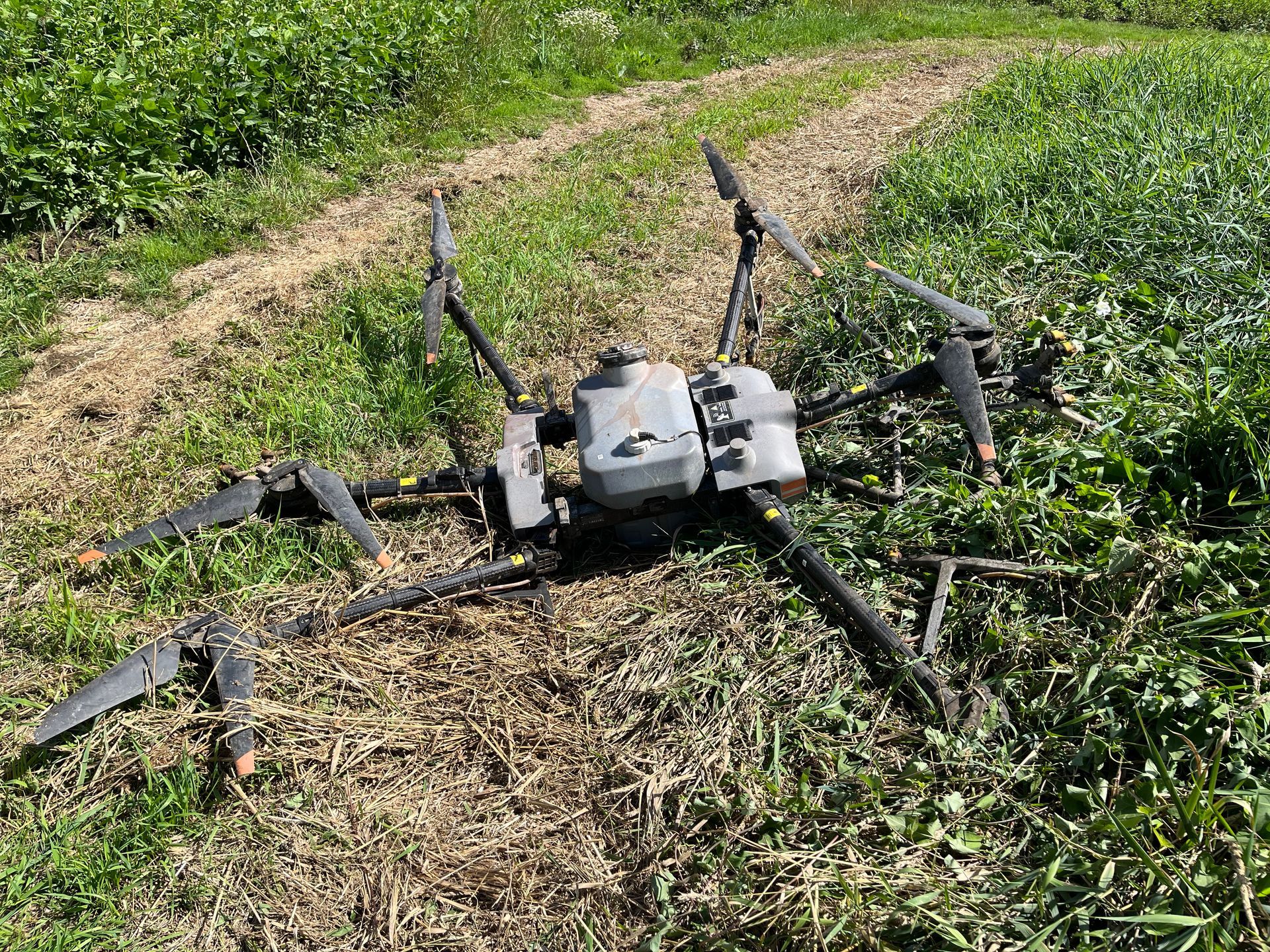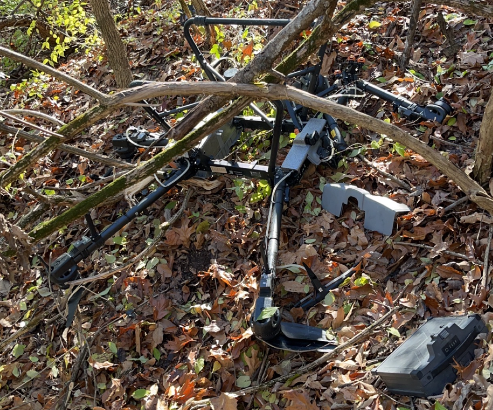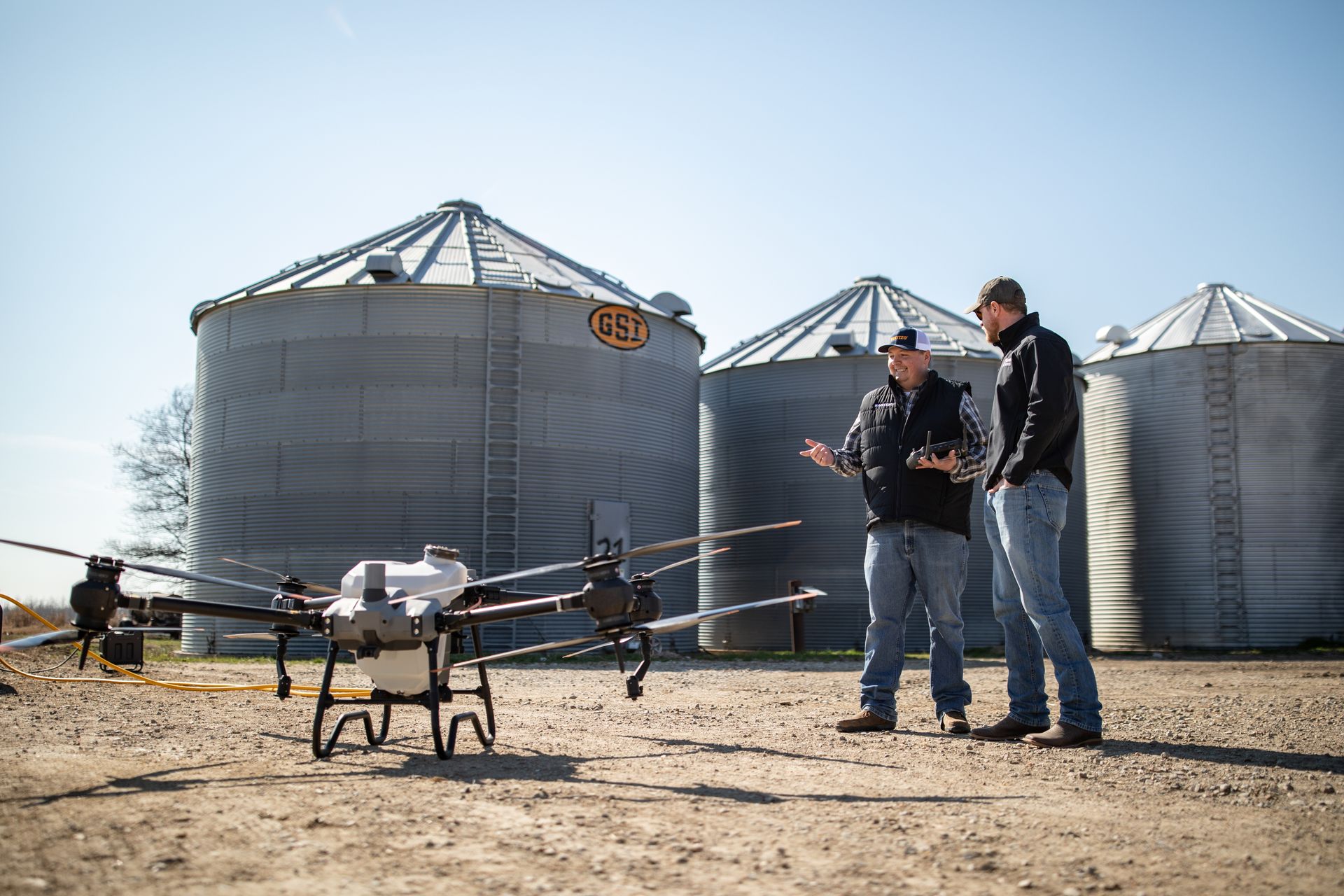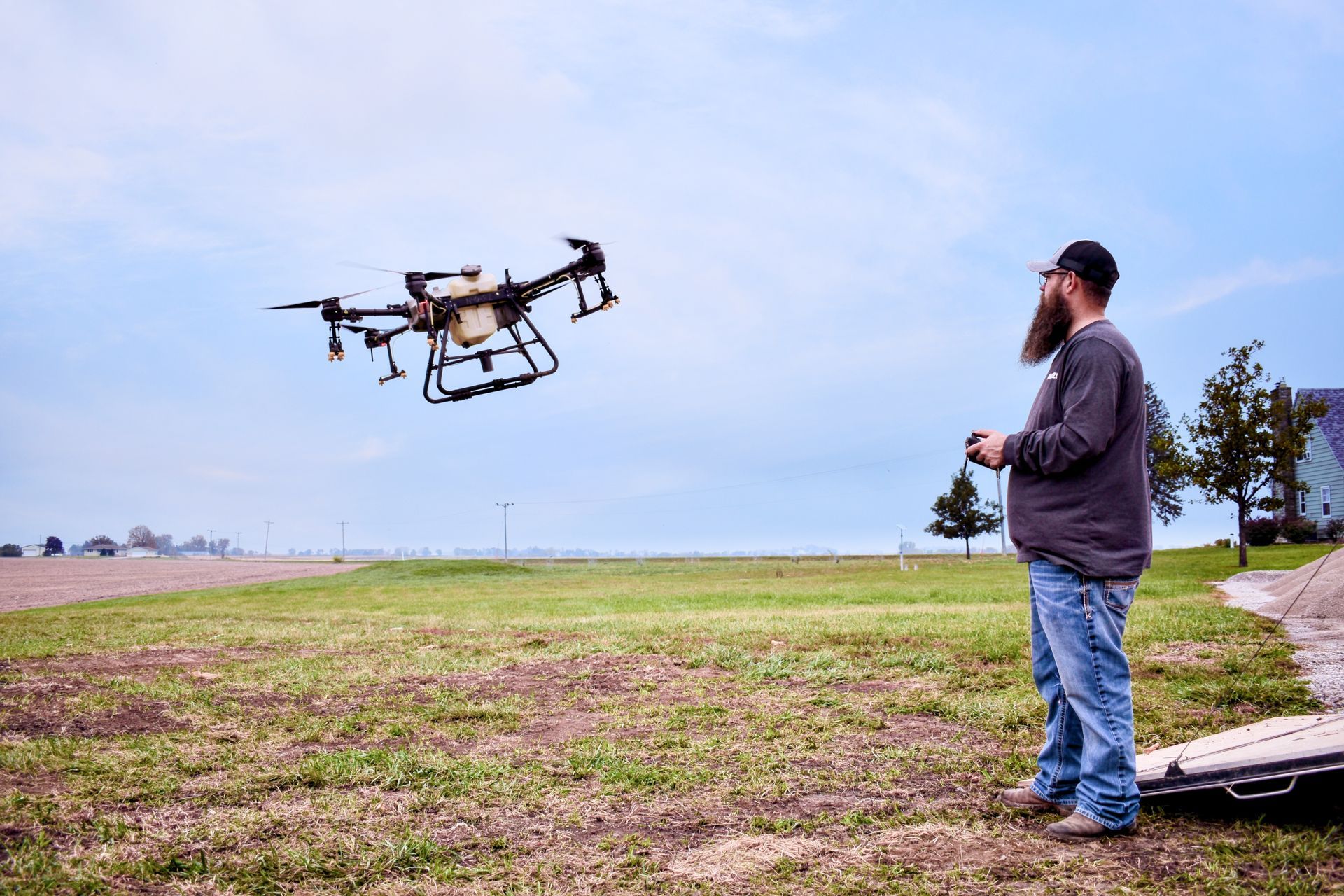RESOURCES
Put our expertise
to work for you
Blog posts from our R&D team, commercial experts, customer success team, and Chief Pilot as well as FAQ.
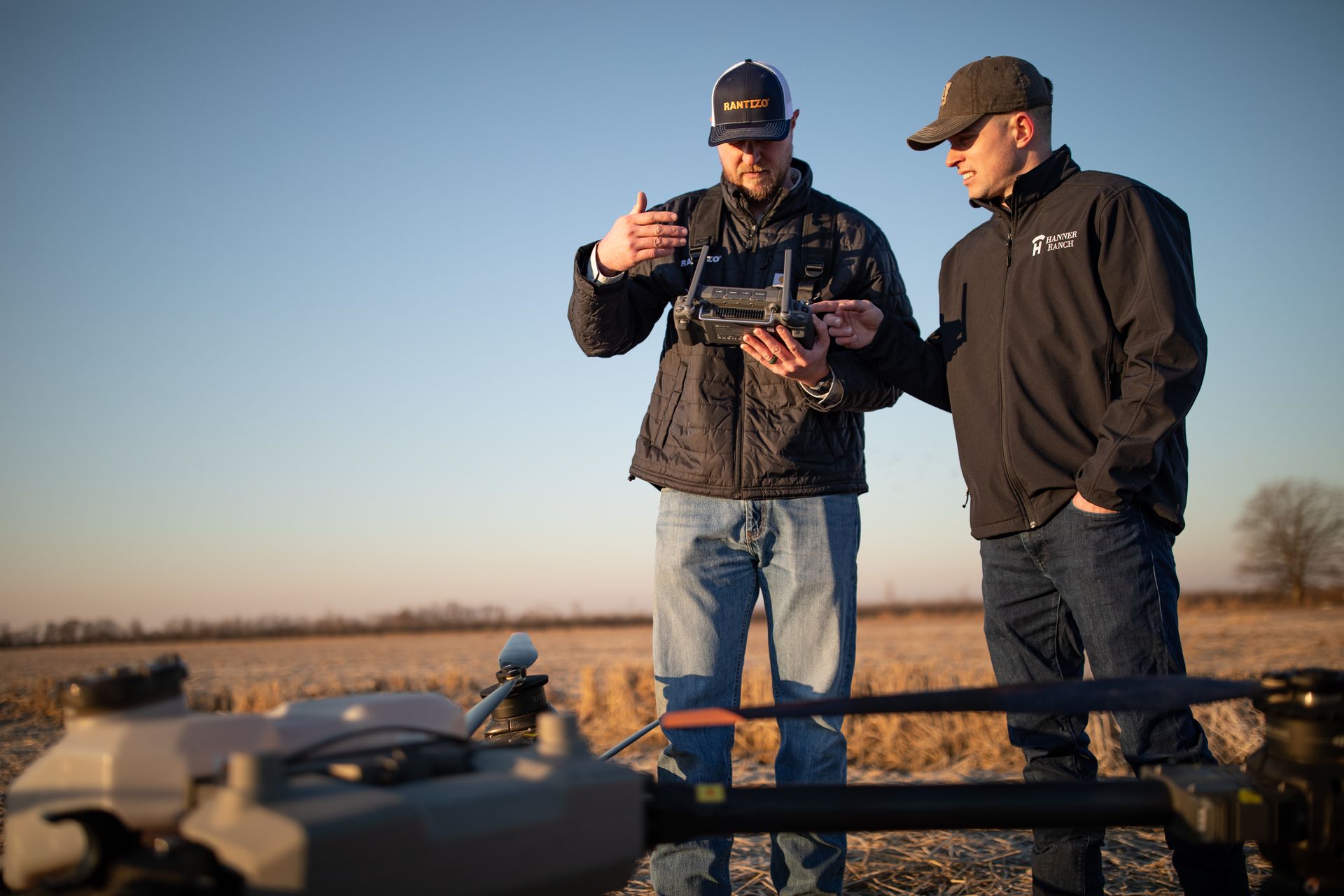
02 May, 2024
As spray drone technology continues to evolve, operators often encounter challenges requiring expert support. From calibration uncertainties and warranty repairs to technical troubleshooting and regulatory questions, the complexities can be daunting. Whether you’re a seasoned pilot or just starting out, here’s how a support package can benefit your business. 1. Calibration Questions Calibrating your drone helps ensure correct readings for more precise spray coverage. A support team can provide peace of mind that you’ve completed the process correctly, allowing you to fly with confidence. For example, calibrating your drone helps in getting a correct report on targeted vs. actual gallons per acre sprayed following a job. Common questions asked: How do I calibrate the spray system of the drone? How often do I need to calibrate my drone? Why should I calibrate my drone? 2. Warranty Repairs If your drone malfunctions or breaks down, maintain your warranty and investment by having a Certified Technician to assist with repairs. Find a team that can help you facilitate the process and provide clear instructions to help you get back to work efficiently. Common questions asked: Why am I receiving an error message? My drone is having malfunctions that I can’t figure out. Can you help? What documents do I need to complete for warranty repairs? Why is my pump not spraying? 3. Technical Troubleshooting Technology isn’t perfect and errors do occur. Troubleshooting errors alone can be a headache. Having a drone expert you can call for help will make it easier to solve these tricky problems and get you back in the air faster. Common Questions asked: Why is my drone giving me a pump error message? Why am I getting ESC (Electronic Speed Controller) errors? Why is my charger not fast charging? Why am I getting kicked into manual flight mode? Why is my RTK not connecting? Why won’t my drone take off? 4. Regulatory Questions Starting an FAA-compliant spray drone business can be intimidating. But with the right support team, you can confidently ask any regulatory question, basic or advanced. Common questions asked: How close can I fly to an airport? What do I need if the FAA shows up and questions me? How far away from roads do I need to be? How long does my medical card last? Why did my registration get denied? 5. Basic Operation Questions Quick questions deserve a quick answer. Especially when that question could directly affect your in-field performance. When choosing a support team, ensure that you reach a real person via call, text or email who can supply that quick answer to get you back in the air. Common questions asked: How to only spray a field boundary? What is the optimal gpa to spray fungicide? What should I set my swath width at if I’m spraying a pasture? What should my chemical mixture be to spray 30 acres of wheat at 2gpa? Where should I set up my RTK? 6. In-Field Repairs Downtime is lost revenue. With a support package, you can get the support you need to get back in the air quickly. Call in with a quick repair question or troubleshoot a larger issue with a Certified Technician. They can advise on in-field repairs or schedule your drone for repairs at our shop. Common questions asked: How do I change the propellers? Why aren’t the pumps spraying at max rate? How do I change the hopper gate on the dry spreader? How do I lock the battery in? 7. Product Recommendations At times, a fresh perspective is essential. Ensure that the drone support package you choose comes with a dedicated support line, offering top-notch advice on products such as generators, nozzles, components, or personal protective equipment. Common questions asked: What is the best propeller to use? What nozzles are best for fungicide? What is the best generator for my set up? Where can I buy a mixing tank? This season, make sure you have reliable support that you can count on. For more information on support packages available from Rantizo, visit www.rantizo.com/our-services or request a quote today.

25 Mar, 2024
In the ever-evolving landscape of spray drone technology, the integration of software is not just a benefit—it’s an advantage. The right tools can transform your operation’s productivity, and that’s where AcreConnect™ comes in. This new productivity software from Rantizo® is made for operators who want to maximize their time flying, minimize office time, and verify their work was done correctly. Here are six reasons that make AcreConnect a powerful addition to your operation. 1. MADE FOR REAL OPERATORS As the largest spray drone operator network, Rantizo is committed to meeting the needs of spray drone operators. We went straight to the source and asked our network operators what features would help their business most. They told us they needed reliable software that’s as mobile as they are, capable of delivering precise records for quick and easy verification of work with customers. They also emphasized the importance of an accurate product database. AcreConnect was designed to meet these core requirements, ensuring that every feature, from mobile accessibility to the integrated label database provided by TELUS® Agriculture (formerly Agrian), is tailored to empower the operator in the field. 2. BETA TESTED, OPERATOR APPROVED Months of beta testing with independent and employee operators at our regional hubs has helped ensure that AcreConnect is fine-tuned to meet practical demands out in the field. 3. ENHANCED EFFICIENCY The new software helps operators stay organized by collecting information throughout the job. Create work orders for yourself or assign them to your team to get the job started. Then, view and send product usage reports, As Covered and As Applied Maps* from the field’s edge** after the job is completed. No need to wait until you are back in the office. 4. VERIFY YOUR WORK Whether it's for billing or simply to put your customer at ease, it’s important to be able to verify your work was completed promptly and accurately. AcreConnect collects data throughout the job to ensure that every acre sprayed is accounted for, as soon as the job is completed. 5. GET MORE AS AN IN-NETWORK OPERATOR AcreConnect software comes with all the benefits of the Rantizo nationwide network . Get listed on the operator map and gain eligibility for local spray jobs requested in your area. 6. AFFORDABLE SOLUTION We understand that every dollar counts when it comes to your business. That’s why AcreConnect is priced to pay for itself quickly. In fact, landing just one additional job could easily offset the cost of your entire subscription. Ready to take the next step? Visit Rantizo.com/AcreConnect to request a demo or purchase AcreConnect software and start enjoying the benefits today. *As Applied Maps require sync with Rantizo Agras account. **AcreConnect requires data connectivity.
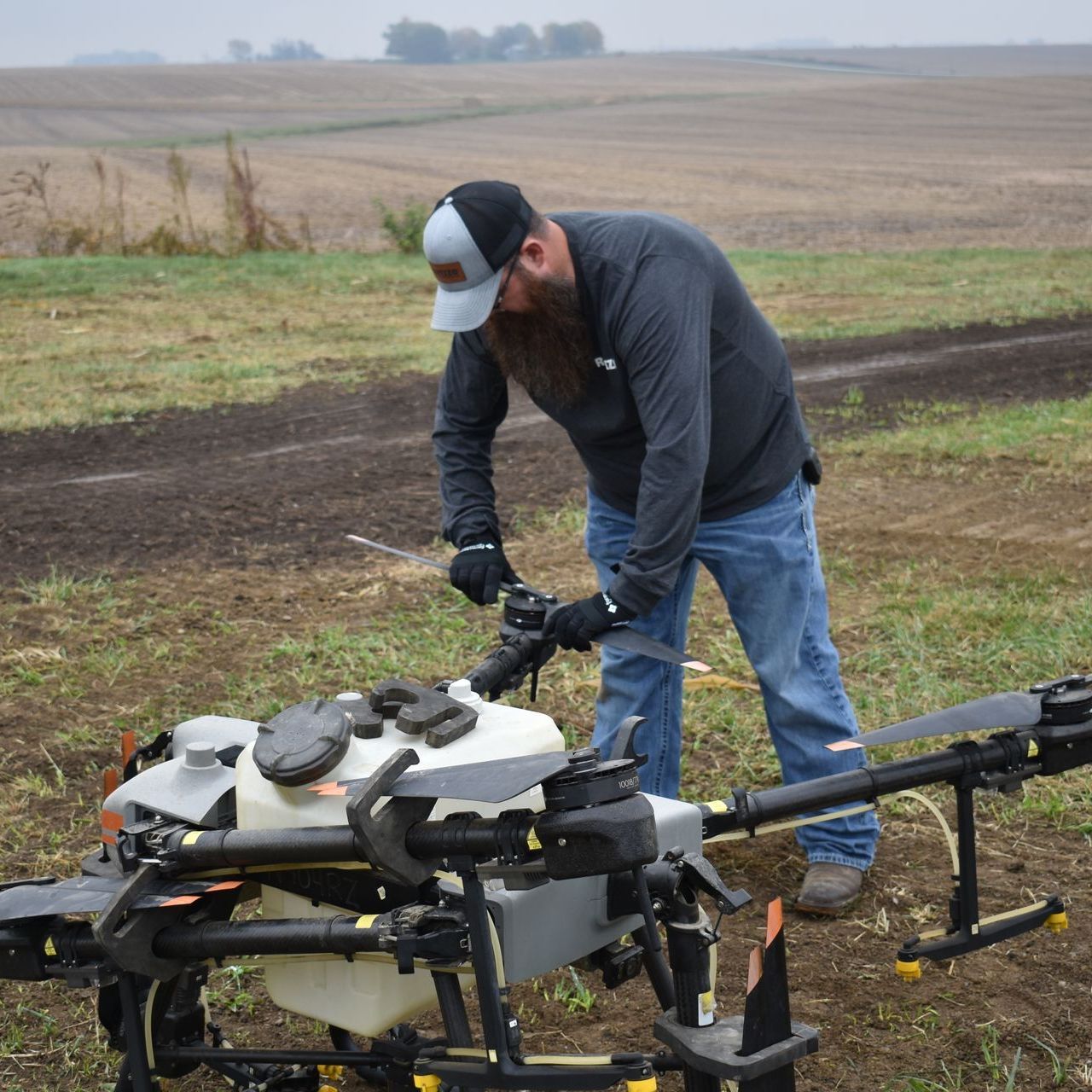
05 Feb, 2024
To ensure your drone is in top flying condition this spring, here’s a few items to address. Run clean water and Dawn® dish soap water through the tank, hoses and nozzles to flush the spray system of any winter dust buildup. Remove and clean inlet and outlet filters with warm, soapy water. Air-dry thoroughly before replacing. Wipe down the entire drone with clean water, antibacterial wipes, rubbing alcohol or simple degreasers to remove any materials that could damage vital components. Use an air blower to eliminate dust from hard to access places like motors, circuit boards, ESCs, heat sinks and vents. Gently clean your remote controller screens, plus wipe around joysticks and ports. Carefully remove any residue from the camera lens, supports, sensors, and gimbal. Clean battery surfaces, terminals and connectors of dust and dirt using a soft cloth, microfiber towel, or Q-tips dipped in isopropyl alcohol or distilled water. Check for bulging, dents or signs of peeling. Replace all suspect batteries. Practicing a structured spring-cleaning routine will help maintain your drone’s functionality, improve its navigation, video quality, battery life, plus extend its lifespan. Still have questions? Contact us at support@rantizo.com
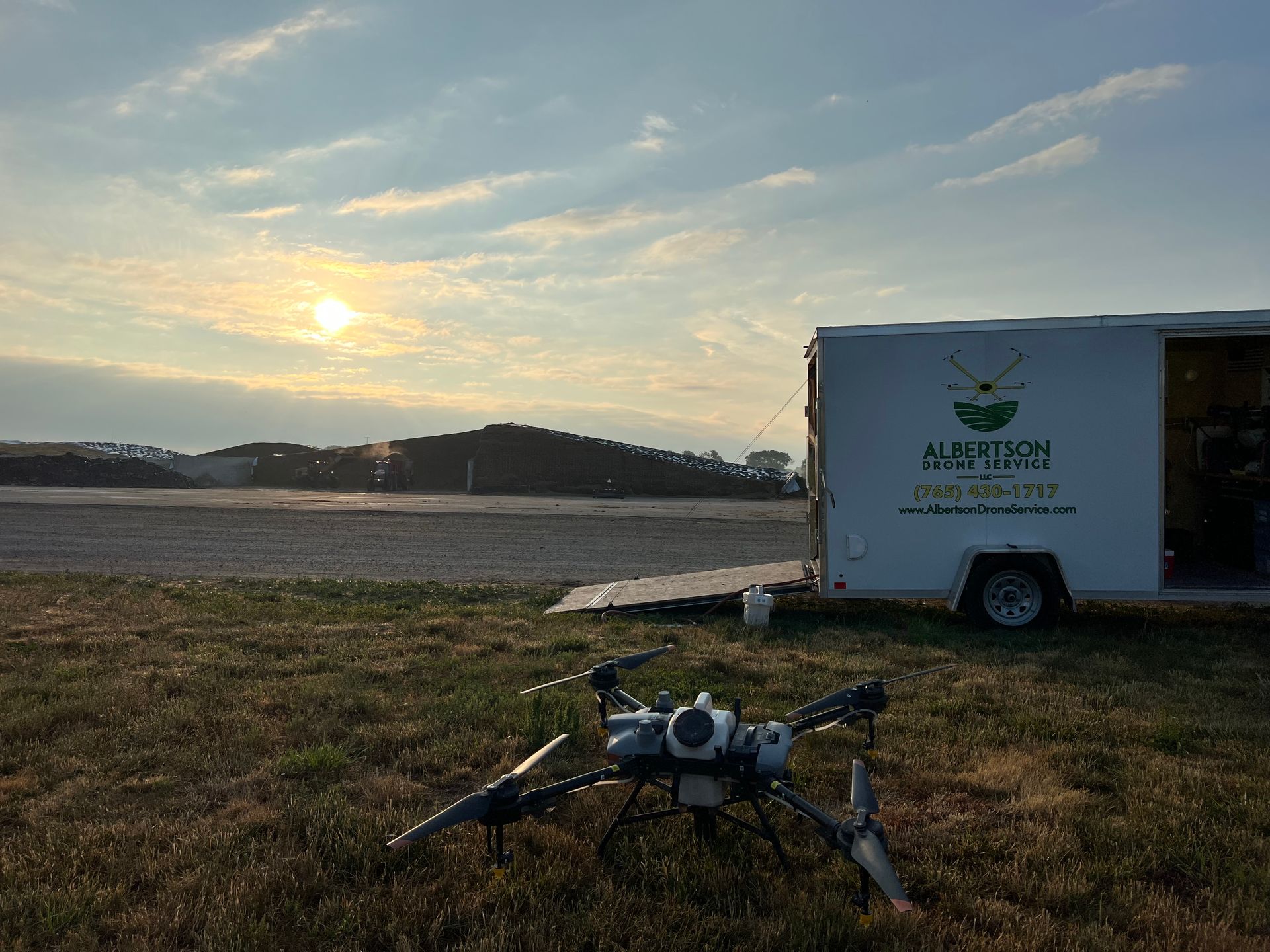
03 Feb, 2024
Spraying crops can be a round-the-clock activity during the spring and summertime, but how can you fill up your time, outside of your busiest seasons, for additional revenue? For Kyle Albertson of Albertson Drone Services, a unique opportunity figuratively fell into his lap. “A local dairy reached out to me asking if I'd be interested in spraying around their barns and pastures to knock the heavy fly population down in summer,” Albertson says. “I gave it a try, then went back a couple weeks later to see how it was working. It worked so well that I've been going strong since.” The dairy owner had previously tried using a crop duster and helicopter. Unfortunately, neither worked well as they needed to spray the whole farm with an animal and human-friendly spray. After the first drone application, both Albertson and the dairy owner noticed a big difference in the intensity of the fly infestation. They settled on 2-week spray internals beginning in the spring when the weather warmed up through the end of September. “When I first drove up to the dairy, I opened my car door and instantly about 25 flies were inside,” he laughs. “Now, after I’ve sprayed a few times, I can leave my door open and hardly see any.” His business has expanded quickly, and he now handles 4 dairies of 18,000 cattle. Most have him spray wherever flies gather and nest, including between buildings, grassy regions, manure lagoons, standing water and over plastic-covered silage piles. Albertson started by using a Rantizo upgrade kit on an MG-1P drone, then advanced to an Agras T10. He recently added an Agras T30 for the upcoming season. The chemicals required depend on the farm, but he normally uses a combination of Serpent insecticide and Durant growth regulator to prevent fly eggs from hatching. Both are available from Atticus. Albertson has a few tips he’d pass along to drone operators interested in getting into the dairy spraying niche: Pay close attention to the weather. Colder weather draws flies indoors, which decreases spray efficiency. Wait for temperatures above 65°F to get a better knock-down. Be aware of farm location and wind effects. Due to their higher wind conditions, Albertson’s home county, Benton County, Indiana is home to over 150 wind turbines. In an area like this, a normal altitude setting may need adjustment to deliver an accurate spray swath. Safe practices are key to success. Of course, people, cattle and other animals should be kept out of the spray zone, but also ask the owners about any open feed sources to avoid in the spray area that you may not have noticed. Be sure to establish good communication with clients making sure to inquire about any potential wildlife or pollinator habitats on the dairy. As an example, Albertson has encountered numerous farms supporting bee habitats that would have been damaged by spray pesticides. Initially, Albertson charged a $200 per hour fee but has since changed to a per application charge or day fee based on farm acres. He flies and controls his drones manually due to tight quarters around barns, buildings and other equipment, usually selecting a height of 8 to 10-ft. (dependent on wind speeds) to deliver the best spray swath. “A lesson I learned the hard way that I emphasize for new operators spraying dairy farms is to always make sure your batteries are well charged and in good working order when spraying over manure lagoons,” Albertson laughs. “I didn't heed that advice and ended up with my drone floating in manure for about 3 hours.” Albertson’s clients are extremely happy with how his spray drones control their dairy’s fly populations. They no longer need to worry about pesticide waste due to covering entire farmland bases with human and animal-friendly chemical from airplane applications. Drone spraying ensures accuracy and sustainability with chemicals placed exactly where they’re needed most. To learn more about this and other use cases, register for our upcoming webinar .
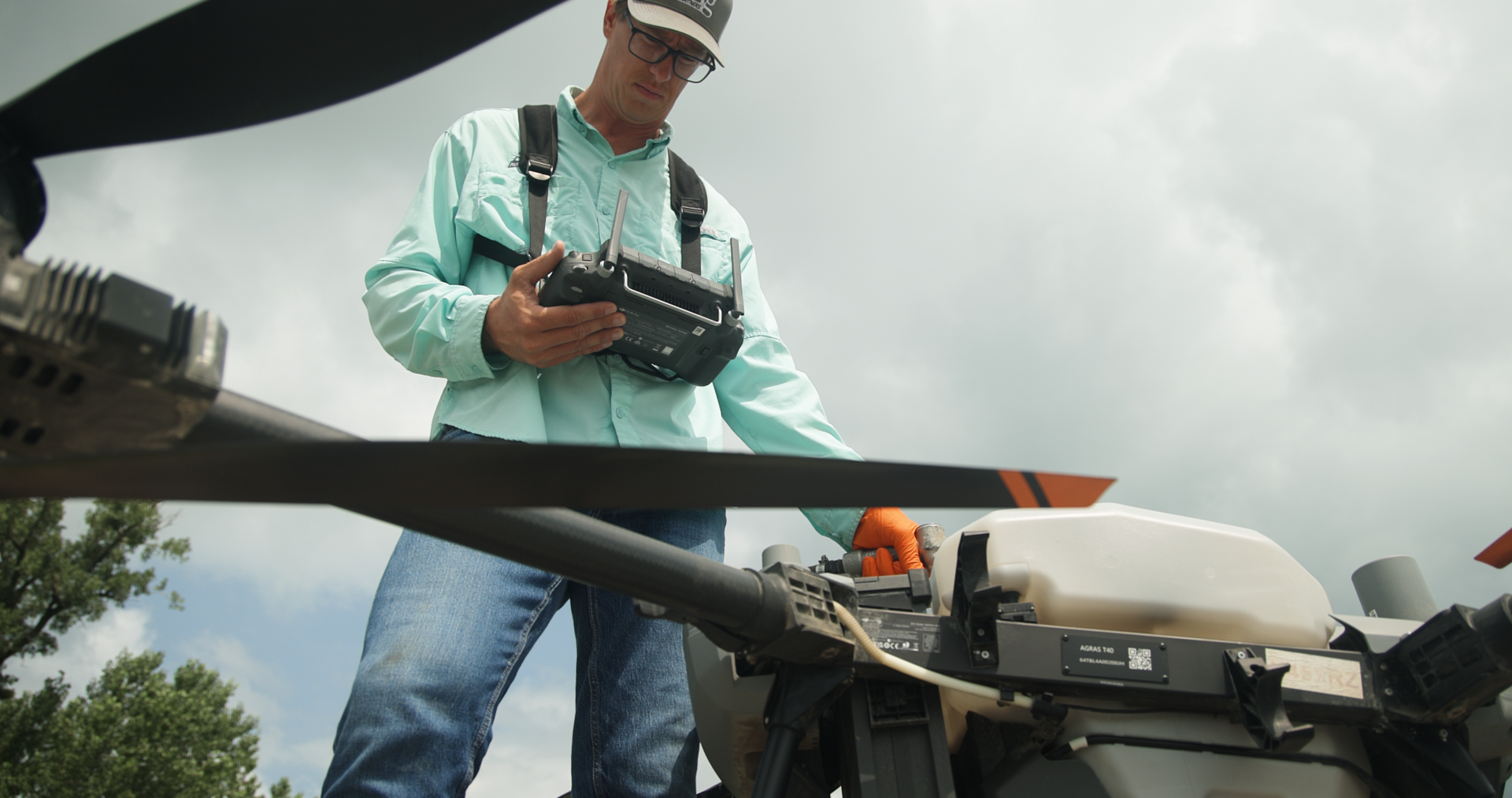
01 Feb, 2024
No matter where you are on your personal or business flight plan, success with drone spraying comes from making the right moves before the season starts. We've got you covered with this simple 10-point checklist to help you get airborne and stay there as seamlessly as possible. Drone Selection: Are you confident the drone you’ve purchase d will meet your needs ? Licensing: Do you understand the licensing requirements to legally operate a drone and apply pesticides in your region? Insurance: Do you have the right insurance in place for your drone business, with suitable coverage and limits? Training: Are you up to date on the hands-on operation of your drone for the crops and conditions you’ll be facing? Software: Were you wondering about specialized software available to streamline your service delivery and make your operations more efficient? Support: Who will you contact for drone support and warranty details if necessary? Maintenance: Are you familiar with the critical parts and maintenance support process to keep your drone efficient and operational when it really needs to be? Compliance: How will you stay informed on flight operations and regulatory compliance, and what records are essential to maintain? Data and Maps: Are you aware of the available data and maps to deliver valuable insights for your customers and growers? Emergency Preparedness: What's your plan if your drone malfunctions during the season, and is there a drone loaning program or financing available for business growth? Uncertainty on any of these questions will quickly snowball to ground your efficiency, performance and profitability. For clarity on how to check each of these checklist items, contact support@rantizo.com
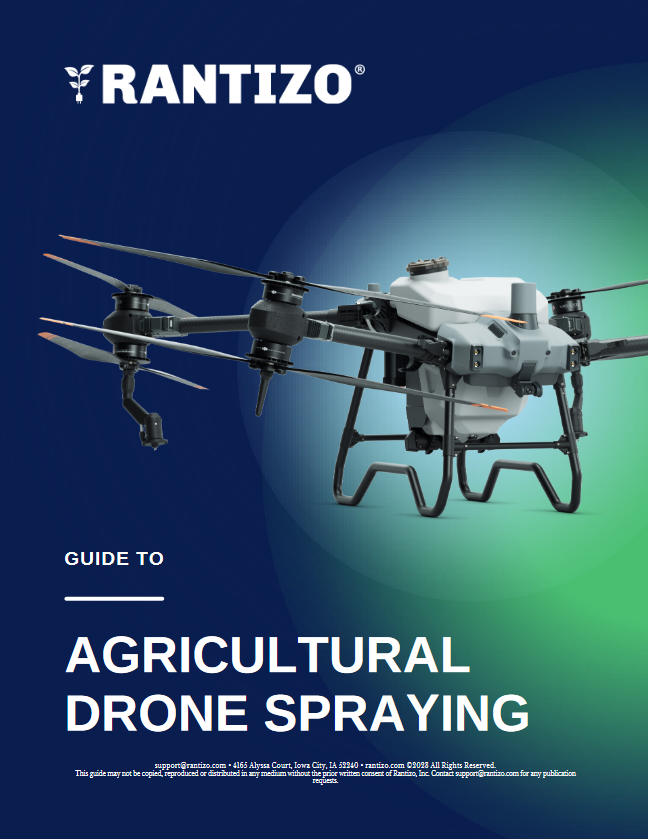
ACCESS OUR FREE GUIDE TO AGRICULTURAL DRONE SPRAYING
Contact US
How can we reach you?
Keep up with all the latest Rantizo news including: product releases, upcoming events, drone spraying industry tips, and more!

